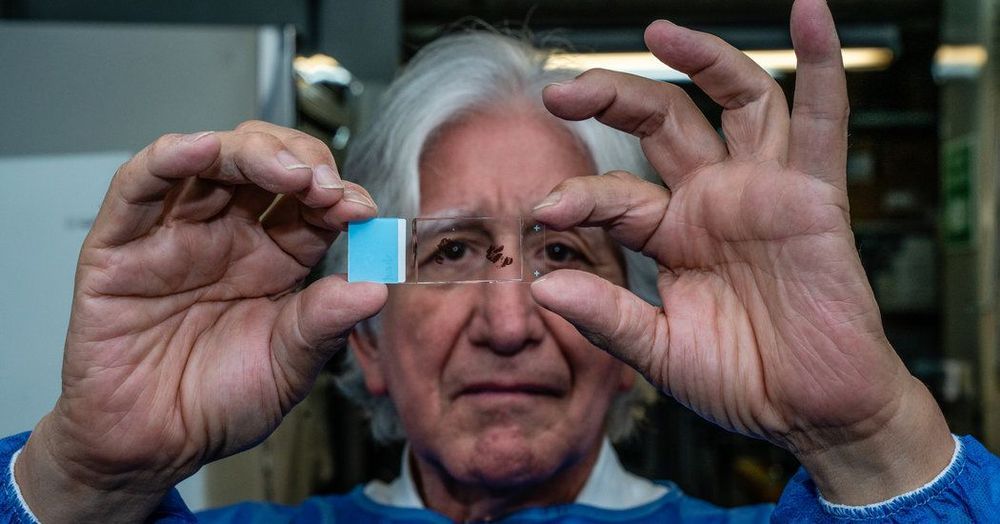P53 is the most famous cancer gene, not least because it’s involved in causing over 50% of all cancers. When a cell loses its p53 gene—when the gene becomes mutated—it unleashes many processes that lead to the uncontrolled cell growth and refusal to die, which are hallmarks of cancer growth. But there are some cancers, like kidney cancer, that that had few p53 mutations. In order to understand whether the inactivation of the p53 pathway might contribute to kidney cancer development, Haifang Yang, Ph.D., a researcher with the Sidney Kimmel Cancer Center—Jefferson Health probed kidney cancer’s genes for interactions with p53.
Earlier work found that PBRM1—the second most mutated gene in kidney cancer—could interact with p53. However, other researchers were unable to definitively show that it was truly an important mechanism in kidney cancer.
Rather than looking at the p53 protein itself, first author Weijia Cai a postdoc in Dr. Yang’s lab and other collaborators looked at an activated version of p53, one that is studded with an additional chemical marker—an acetyl group—at many specific spots.







